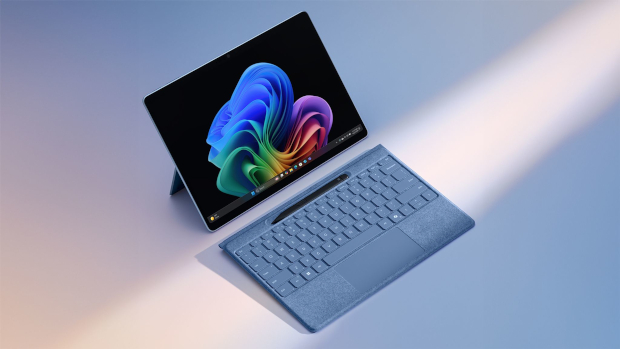
If we build it, they need to come
Microsoft’s Build developer conference demonstrates that the company is betting everything on artificial intelligence (AI).
Redmond chief executive Satya Nadella took to the stage at the Seattle event on Wednesday to make a bevy of announcements, some more interesting than others. Curiously, given it is billed as an event for developers, the focus was most certainly not developers, developers, developers.
This is not speculation on my part, either. Microsoft itself promises “unwavering commitment” to AI, and said on its website that “Build is underscored by the transformative impact of our AI technology on organisations leveraging it to boost efficiency, elevate customer experiences and achieve groundbreaking innovations”.
Coming just a week after Google’s I/O event, also focussed on AI announcements, however, it is fair to say that the tech goliaths are pretty much betting the farm on AI.
Indeed, Microsoft demonstrated the now traditional video of someone interacting with an AI, this time playing Minecraft with a yakking chatbot playing the role of a, frankly, hysterical and slightly irritating know-it-all advisor. Also demonstrated was AI’s ability to catalogue and sell running shoes, or, more kindly, the machine vision capabilities of the company’s AI.
More seriously, Microsoft announced Team Copilot, a generative AI service for Microsoft 365 and Teams users aimed squarely at office workers (and post-office workers) that can manage meetings, take notes and moderate chats.
AI has also been bunged into Windows’ copy and paste operations in the form of PowerToys, which promises formatting help. The Edge browser will also get some AI gubbins, including automatic translation and dubbing of video audio on sites such as YouTube, which may be useful for some but will do little to counter concerns that the US tech giants have no understanding of, or interest in, the aesthetics of creation. That said, few enough YouTubers do either, so…
Developers will have been interested in Azure AI Studio, a sort of cloud-based integrated development environment (IDE) aimed at anyone working on AI applications.
Enterprise users, meanwhile, can take advantage of Copilot Studio, a low-code/no-code environment that allows users to build custom agents to automate tasks including monitoring e-mail or automating data entry, which, were I was a betting man, I would wager is where I think AI will find its true niche.
Given the clear focus on AI as the future, it is perhaps unfortunate that a Bing API error put Microsoft’s Copilot search out of action for over six hours on Thursday (and a lot of third party services with it), but, to be fair, outages are hardly unheard of.
Interestingly, while Windows remains a significant profit centre for Microsoft, the focus on AI – and the attendant hope of Azure subscription revenue – suggests a future of ever more centralised computing.
Remember PCs?
Still, the desktop is not quite dead yet. On the hardware side, one day before the conference Microsoft announced its Surface Pro 10 and Surface Laptops 6, which will use Snapdragon X Elite and X Plus chipsets. Though not unexpected, this is interesting news: the Snapdragon platform is Arm-based, like Apple’s in-house silicon, so Microsoft’s continued commitment to the efficient, power-sipping CPU architecture could represent another step away from x86.
Bad news for Intel, then, at least in theory. However, up until now Windows running on Arm CPUs has been a lacklustre experience, so it will be interesting to see if Microsoft is now going to take the CPU family seriously.
Certainly, developers were thrown an Arm bone with the announcement of a $899 developer kit in the form of a Snapdragon-powered desktop computer not entirely unlike a Mac Mini. In addition, sub-$1,000 machines, so-called ‘Copilot PCs’, were also announced. These machines, which will be manufactured by Acer, Asus, Dell, HP, Lenovo, and Samsung, will run small language model-based (SLM) AI locally that, in turn, will work with Microsoft’s large language model (LLM) living in the cloud.
In light of this, perhaps the most significant of all of the AI announcements was Phi-3, Microsoft’s SLM AI. The lightweight AI model has been expanded to include Phi-3-vision, a new multi-modal model, meaning it can read both text and images. An AI that can look at images is not, at this point, earth-shattering, but there has been much debate about whether or not LLMs really represent the future of AI, so seeing an alternative pushed front and centre is certainly something worth noting.






Subscribers 0
Fans 0
Followers 0
Followers